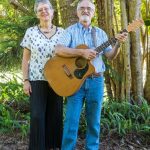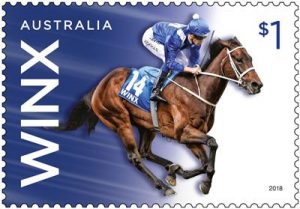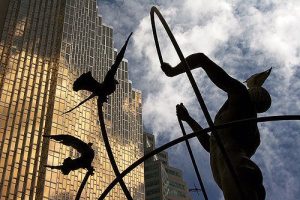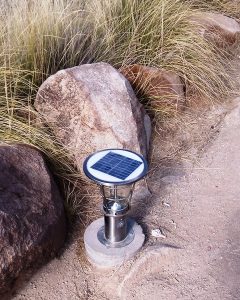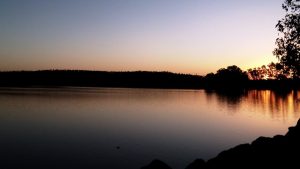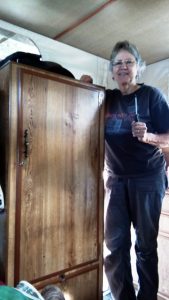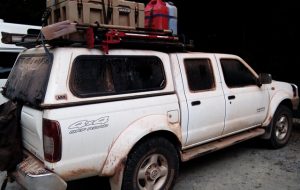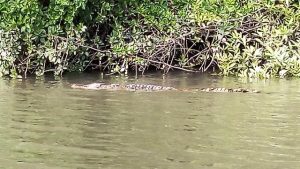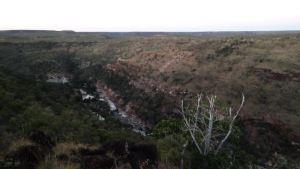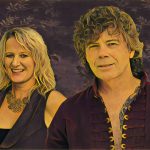
As the dry winter fades away, ushering in a hot and bushfire-prone spring and summer, here’s some sober reflections on ‘Single-use Prime Ministers’.
I borrowed the single-use mention from a clever meme doing the rounds on social media, where, I might say in defence of the humble Kipfler, Sebago and Desiree, potatoes continue to be openly defamed. It might not be long before we see headlines where Tryhard & Associates, no win-no fee, mount a class action on behalf of Mr and Mrs Sebago and 15 other tuber families.
As we now see from former Home Affairs Minister Peter Dutton’s attempted coup, while it worked in principle, the betrayal left Mr Dutton out on a limb, with a centre-right politician seizing the leadership.
At the outset, Australia’s new Prime Minister, Scott Morrison, decided the people needed to know that “we’re on your side”.
“That’s what matters. We are on your side. And we are on your side because we share beliefs and values in common, as you go about everything you do each day.”
Keep playing that one, Scott. Stay away from the line that brings down Westminster democracies; when a leader (be it Whitlam, Hawke, Keating, Howard, Rudd, Gillard, Abbott or Turnbull), have all been caught referring to ‘my government’.
I had a couple of messages from FOMM stalwarts last week in aggregate saying “Get a grip, Bob. The nation’s imploding and you’re talking about stamp collecting?”
I defend last week’s meandering missive as making the case that Australian governments have been lurching hard-right for a very long time now, arguably since John Howard’s 1988 stance on multiculturalism and refusing to make a treaty with the Aborigines. Hence my writing about the stamp-collecting Philip Ruddock, a hard-line Immigration minister in control of our border policies from 1996-2003.
Now here’s the thing – party factions, backroom machinations and political knifings are not what does in a sitting PM – it is narcissism.
As economist and author George Megalogenis wrote in an opinion piece for the New York Times: “The prime minister is not even mentioned in the Australian Constitution, yet the office has evolved into a paradoxical position of supreme authority and permanent vulnerability.”
Megalogenis also wrote: “They have borrowed the worst of United States presidential politics, with its obsessive focus on the leader, and grafted it onto a Westminster system of parliamentary government that was designed for collaboration and compromise.”
Australia has had six Prime Ministers since 2008, the number arguably including a bit of double counting when first Julia Gillard toppled Kevin Rudd, then Rudd came back and promptly lost the next election in a landslide. Then there was Tony Abbott, Malcolm Turnbull and now Scott Morrison. This era was characterised by frantic passing of new legislation in the incumbent’s first year. Fairfax Media research tallied new acts of Parliament passed in the first year for Prime Ministers Kevin Rudd (133), Julia Gillard (132), Tony Abbott (116) and Malcolm Turnbull (104). These are mediocre numbers compared to Paul Keating (212) and Gough Whitlam (161). Surprisingly (well, I was surprised), John Howard’s first year numbers (86), are only marginally better than Ben Chifley (74).
What appears to have brought undone Prime Ministers of the past 10 years is the polarisation caused by climate change policy. It seems nigh on impossible to achieve political consensus on this most serious of issues, even if over 97% of climate scientists active in that field of research say it is a reality, aggravated and accelerated by human activities. (There are, of course, nay-sayers. Just Google ‘what percentage of scientists believe in global warming, if you have a few hours to spare.)
All six of our Prime Ministers thus far have failed or been thwarted in terms of seriously countering climate change. Some even challenging the notion that fossil fuels have had their day. I refer of course to (a) Tony Abbott’s infamous ‘coal is good for humanity’ quote, and incumbent PM Scott Morrison’s stunt, brandishing a lump of coal in Parliament.
But let’s go back 117 years, to an era when coal really did rule – when steam trains, for example, burned through eighty pounds of coal for every mile travelled (a useful factoid from Michael Portillo’s fascinating series, Great British Railway Journeys).
Australia’s leadership changed seven times in the first ten years of Federation (and 11 times between 1901 and 1922). Again, leadership changes involved ambitious men having a second (and even a third) attempt. Andrew Fisher (1909-1909, 1910-1913 and 1914-1915) proved the most persistent, governing during the early years of WWI. Fisher, I’d like to point out, introduced Australia’s first postage stamp. On January 2, 1913, the Fisher-led government issued the Commonwealth penny stamp.
It featured a controversial design – a kangaroo on a white map of Australia. Although later stamps reintroduced the King’s head, the kangaroo design remained in use for some forty years. An example of this rare stamp sold at auction in 2012 for $142,563.
But we were talking about men (and women- Ed.) and their egos and how the Prime Ministership has evolved as the Office of Omniscience. Towards the last days of Kevin Rudd’s Prime Ministership, there were reports of policy on the run, along with statements made with no consultation, and there have been similar reports about other short-term Prime Ministers. To be fair, in the first year of the Whitlam administration, the late Gough Whitlam rammed through a colossal amount of social reform legislation in a fortnight with the help of a two-man Cabinet (the duumvirate) – just Gough and his deputy, Lance Barnard.
Megalogenis observed that post-Rudd, the Labor party has made it harder to remove future Prime Ministers. Changes to internal rules now require the party leader be elected by a combined vote of the parliamentary party and grass-roots members. From this side of the fence, it is hard to see the Liberals coming up with a similar safeguard.
In no time at all, it seems, Australians will be thrust into another Federal election, with a new Prime Minister who will not have had enough time to show his mettle. On the other side, we have Labor leader Bill Shorten, and deputy leader Tanya Plibersek. Mr Shorten’s tactics thus far, apart from keeping his head down and letting the Liberal Party stew in its own juices, has been to divide and conquer, emphasising the class gulf between the left and right.
Tucked away behind the cannot-be-seen hedge, Labor’s Anthony Albanese, passed over for the Opposition leadership in 2013, declared his colours in June, in the Whitlam Oration.
Mr Albanese called upon his party to emulate the Hawke and Keating approach and “collaborate with unions, the business sector and civil society to achieve positive outcomes in the national interest”.
The Labor frontbencher also delivered a warning about the need to find common ground with voters outside the union movement.
“This is not 1950, when most Australians were members of trade unions,” Mr Albanese said. “Indeed many people from working class backgrounds are not members of unions because they were beneficiaries of Gough Whitlam’s education reforms. We cannot afford to ignore this demographic.”
Sigh, it makes my brain burn, like the feeling I got when I saw that clever meme (above) with Scott Morrison feeding a lump of coal into a (red and orange) map of Australia.
Good for humanity my arse.

